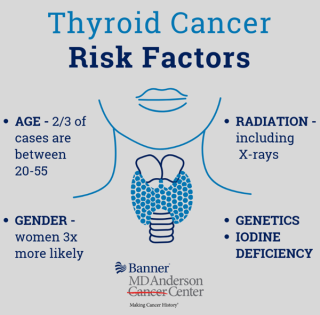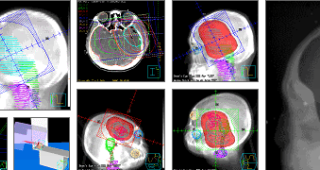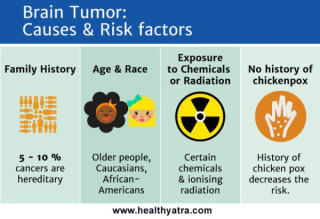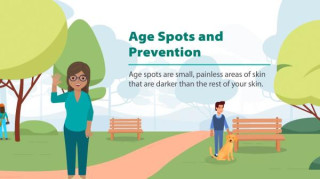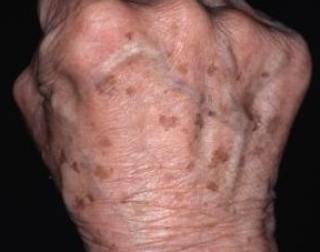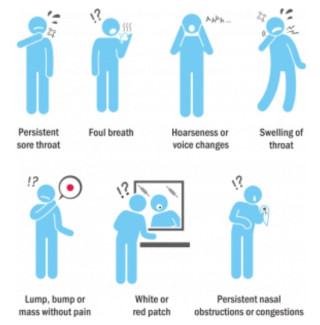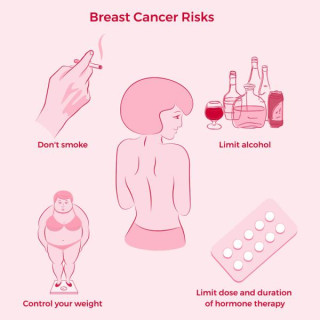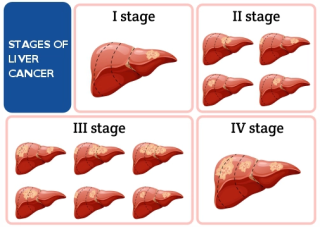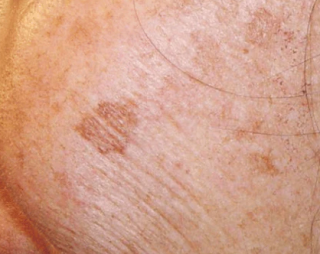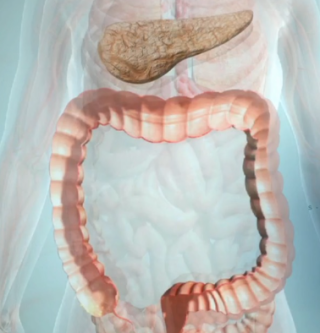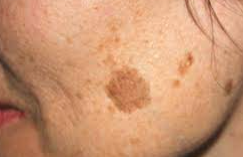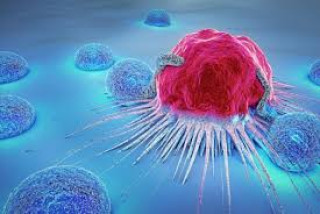What are the causes and risk factors of thyroid cancer?created at May 04, 2009 1,159 1,159 The exact causes of thyroid cancer are largely unknown, |
Understanding Radiation Therapy for Brain Tumorscreated at May 04, 2009 1,309 1,309 Radiation therapy for brain tumors uses high-energy radiation to kill cancer cells and shrink tumors.This can be delivered externally through a linear accelerator (external beam radiation therapy) or internally via implanted radioactive seeds (brachytherap... |
Unraveling the Enigma: Exploring the Causes of Brain Tumorscreated at May 03, 2009 1,301 1,301 The precise causes of brain tumors remain largely unknown, |
How to avoid age spots?created at May 05, 2009 1,253 1,253 Preventing age spots, |
Understanding the Root Causes of Age Spots: Exploring Imbalances and Triggerscreated at May 05, 2009 1,219 1,219 Age spots, |
What are the risk factors for head and neck cancers?created at May 09, 2009 2,067 2,067 Risk factors for head and neck cancers include tobacco use (smoking and smokeless tobacco), |
Understanding Your Risk: How Likely Are You to Get Breast Cancer?created at May 03, 2009 1,189 1,189 Your risk of developing breast cancer depends on many factors, |
Demystifying Liver Cancer: Understanding the Basicscreated at May 04, 2009 1,191 1,191 Liver cancer, |
Understanding the Link: Vinyl Chloride, updated at Nov 13, 2025 |
Decoding Age Spots: Understanding Their Origins and Significancecreated at May 05, 2009 1,215 1,215 Age spots, |
Dispelling Concerns: Understanding Radiation Exposure from Mammogramscreated at May 03, 2009 1,173 1,173 Concerns about radiation exposure from mammograms are common among women undergoing breast cancer screening. However, |
Unveiling the Causes and Risk Factors of Endocrine Cancer: What You Need to Knowcreated at May 04, 2009 1,135 1,135 Endocrine cancer, |
Understanding Age Spots: Risk Factors and Preventioncreated at May 05, 2009 1,196 1,196 Age spots, |
How are head and neck cancers staged and what, created at May 09, 2009 |
What are the warning signs of head and neck cancers?created at May 09, 2009 1,335 1,335 Warning signs of head and neck cancers depend on the location of the cancer. Sometimes there are no warning signs. That's why men and women over 40 may wish to get an annual cancer-related health checkup, |
What are the major contributing factors for head and neck cancers?created at May 09, 2009 1,446 1,446 The major causes (etiologic factors) for head and neck cancers are tobacco and alcohol use, |
What are the causes and risk factors for Pancreatic Cancer?updated at Nov 13, 2025 1,180 1,180 Pinpointing the exact cause of pancreatic cancer in each individual is challenging.However, |
